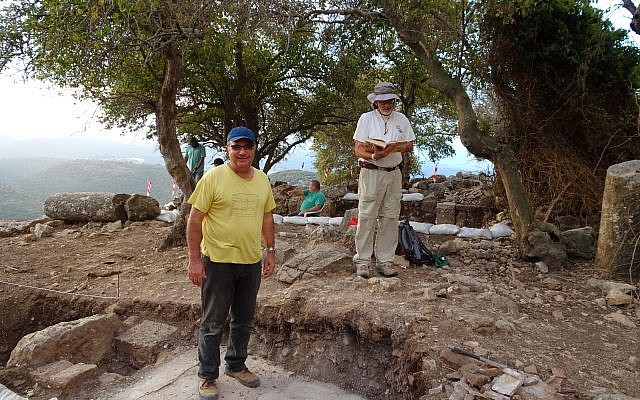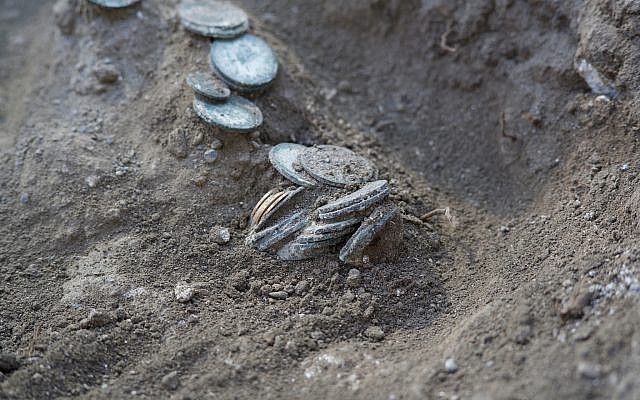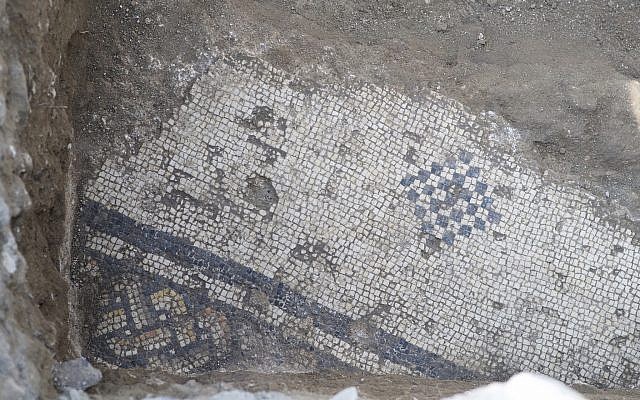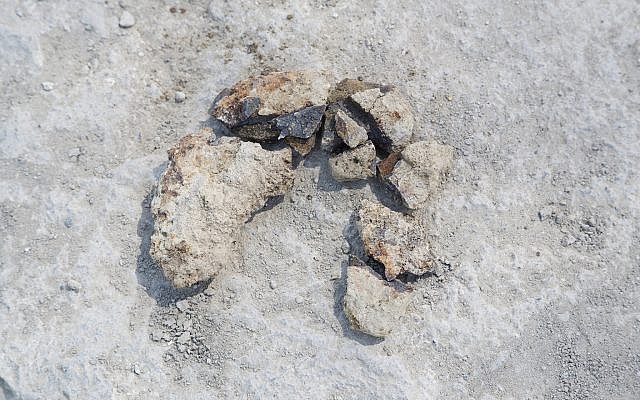Excavations in Israel’s Galilee have uncovered remains of an ancient church said to mark the home of the apostles Peter and Andrew, the dig’s archaeological director said.
Mordechai Aviam of Kinneret Academic College, on the shore of the Sea of Galilee in northern Israel, said this season’s dig at nearby El-Araj confirmed it as the site of Bethsaida, a fishing village where Peter and his brother Andrew were born according to the Gospel of John.
The Byzantine church was found near remnants of a Roman-era settlement, matching the location of Bethsaida as described by the first century AD Roman historian Flavius Josephus, Aviam said.
The newly discovered church, he added, fitted the account of Willibald, the Bavarian bishop of Eichstaett who visited the area around 725 AD and reported that a church at Bethsaida had been built on the site of Peter and Andrew’s home.




